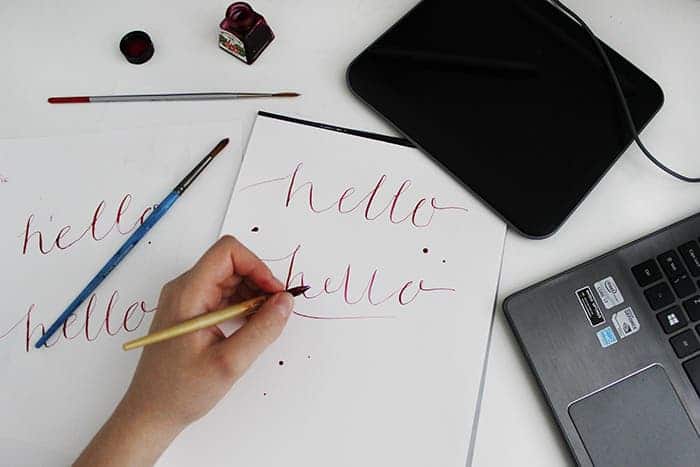Being left-handed isn’t easy in a right-handed world. You have to change the mouse position, the chords on a guitar, and even power tools. Even though I’m strongly right-handed (for the life of me, my left hand could be my third foot for what I know), I sympathize with you lefties. Let me tell you, though, at least you’re better at math!

Now, the relation between handedness and math skills has been investigated before. Since the ’60s, researchers have investigated this link but results have been mixed so far. Some studies found the two groups’ handedness preferences were similar, other studies, on the contrary, say left-handers are strongest at math and right-handers are the weakest.
A new study made by researchers at University of Liverpool and the University of Milan looks like the most extensive of its kind, having involved 2,000 students in Italy aged between six to 17 years.
The participants had to perform various math tasks like simple arithmetic or problem-solving. Each had their degree of handedness assessed by the Edinburgh Handedness Inventory, a questionnaire assessing how much an individual is right- or left-handed (or ambidextrous). If you’re curious to learn how left-handed or right-handed you are, you’re welcome to complete this online test.
The team found a moderate, yet significant link handedness and mathematical skill. All other things being equal, which hand was dominant accounted for 5 to 10 percent variance in the math scores.
“We also found that the degree of handedness and mathematical skills influenced by age, type of mathematical task, and gender. For example, the most lateralized children — that means those who were very one-sided, either left- or right-handed, tended to underperform compared to the rest of the sample. However, this effect disappeared in male left-handed adolescents, who performed much better than their peers.”
“These results must not be considered definitive, but only a step towards the conception of a new and more comprehensive model of the phenomenon; A model able to account for all the discordant outcomes reported so far.”
Studies suggest 9 out 10 people are right handed, and only a fraction of the population is ambidextrous. Like any minority, throughout history left-handers have been discriminated. In some places, teachers still slap kids on the wrist for using the left hand while writing or performing tasks. In the not so distant past, left-handed people were seen as suspicious. In some cultures, they’re associated with witchcraft. The word “sinister” even derives from “left or left-hand.”
This begs the question, though. Why are there so many right-handers? Researchers at Northwestern University say this may have occurred as ” a result of the balance between cooperation and competition in human evolution.”
The idea is that cooperation favors a degree of handedness. One example is sharing the same tools. At the same time, humans are also competitive and competition favors ‘the different’. If human society was totally cooperative, all of us would use the same dominant hand. You can notice this in sports quite clearly where lefties account for about one in five athletes. When the researchers devised a model, the results accurately predicted the percentage of left-handers in a group—humans, parrots, baseball players, golfers—based on the degrees of cooperation and competition in the social interaction.






